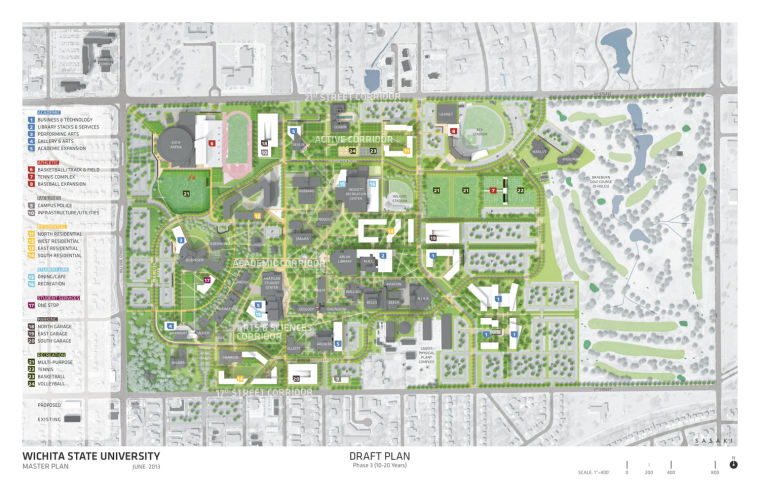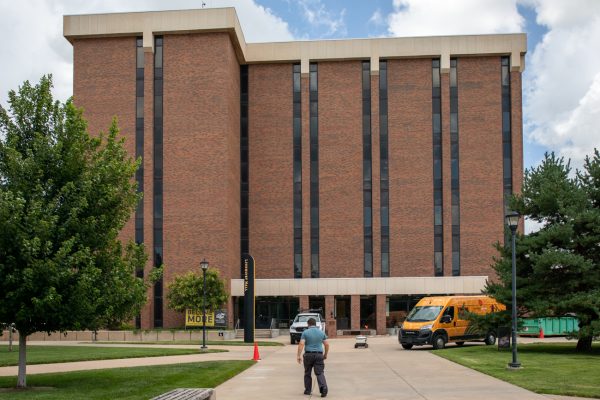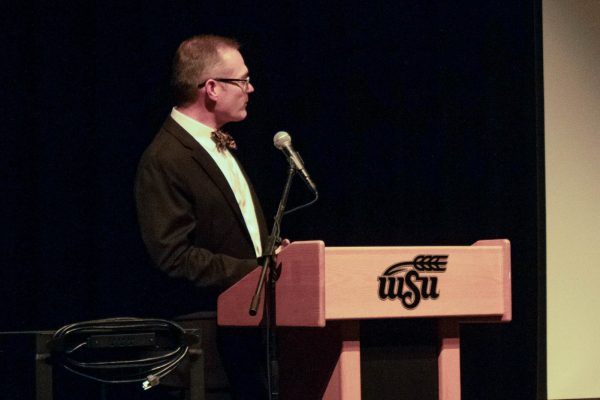Master Plan provides roadmap for the future
Wichita State President John Bardo and other administrative members are thinking up to 30 years ahead.
They will soon release a master plan to show what the campus may look like 10 to 30 years down the road.
The plan is only a tentative roadmap that will provide a consistent blueprint as construction occurs and is subject to change.
These tentative changes include the addition of four new residence halls, three parking garages and many new academic buildings.
In order to make these additions to campus, other buildings and facilities will need to be downsized or demolished.
The facilities to be altered include Cessna Stadium, with the east side bleachers being removed to put in a parking garage and the Braeburn Golf Course, which will be downsized to a nine-hole course to make room for new academic buildings. A couple of major roadways will also see changes become pedestrian walkways.
The plan proposes that Grace Wilkie Hall, the Wheatshocker Apartments and Brennan II and Brennan III student dorms be razed in order to make room for a new dorm and new academic buildings in that order.
James Freed, director of Facilities Planning, said the Kansas Board of Regents encouraged demolishing underutilized buildings due to the cost of deferred maintenance.
However, Freed said that the alterations to Cessna stadium might be a “sensitive issue” for WSU community members and Wichita residents who are passionate about seeing the football program return.
Freed said that there might be a way to add additional seating onto the parking structure itself, although it is not shown in the plan.
Freed and President Bardo were hired at the university at the beginning of the planning process, allowing them to provide a consistent vision throughout.
“I’ve been extraordinarily impressed by how involved he was in the entire process,” Freed said. “It’s somewhat uncommon that a president would be that engaged.”
The administration hoped that the master plan would be finalized in May, but due to setbacks within the university and the urban planning company Sasaki, which is involved with the project, they now expect to have the final plan sometime in September.
Even the final plan is subject to change, and Freed said the plan should be revisited every five years or so to update it as necessary.
Even though it is only tentative, Freed said, “it is a solid vision for the future based on what we know today.”








